The Bright Young Things of the 1920s as portrayed by Cecil Beaton are the inspiration for a major exhibition at the UK’s National Portrait Gallery in June this year. The show which features 170 works of photography, illustration and portraiture was curated by Robert Muir, a contributing editor to Vogue. Beaton’s photographs of the young, glamorous and hedonistic socialites who indulged in every excess against a luxurious backdrop in the two decades between the world wars are still incredibly potent, imaginative and alluring. These arresting and artfully contrived images according to Muir, bring “to life a deliriously eccentric, glamorous and creative era of British cultural life, combining High Society and the avant-garde, artists and writers, socialites and partygoers” in a display of glamour, celebrity, wealth and creativity.
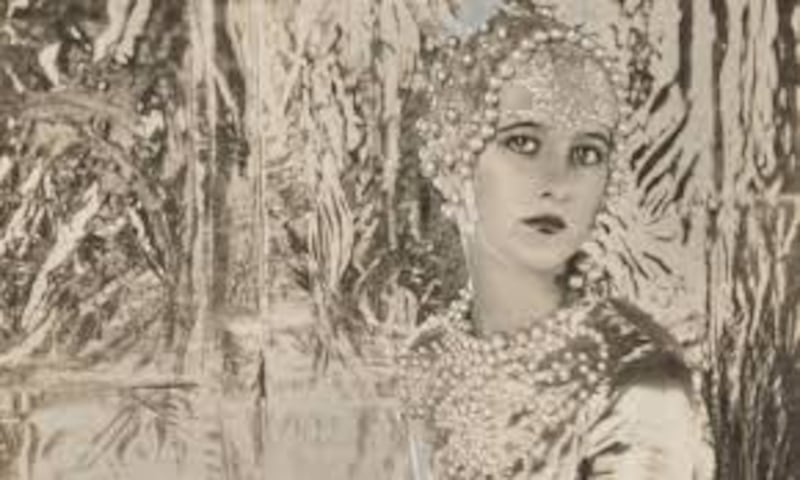
Cecil Beaton, a prolific polymath who chronicled fashion and society, was amongst the leading British photographers of the 20th century. His early studio portraits of ethereal debutantes and celebrities involved elaborate theatrical backdrops, and shaped the image of the Bright Young Things in popular culture. Beaton was also a talented and acclaimed designer for film and stage, including his striking costumes for the stage musical of My Fair Lady (1956). He won three Oscars for costume and art direction for the film of My Fair Lady (1965) and for Gigi (1958).
The show charts Beaton’s transformation from middle-class suburban schoolboy to glittering society figure and the unrivalled star of Vogue (he contributed to the title for 50 years). Once taken up by the famous Sitwell siblings (Edith, Osbert and Sacheverell) from 1926 on Beaton’s doorbell “never ceased to ring”. He was ushered into increasingly rarefied circles as the decade progressed, peopled by socialites Edwina Mountbatten and Diana Cooper, actress Anna May Wong, set and costume designer Oliver Messel , Stephen Tennant, various Maharanis, the Mitford sisters, Loelia Duchess of Westminster, John Betjeman, Oliver Messel and the Queen. Many of these characters feature in the exhibition and were captured in Beaton’s first book published in 1930, The Book of Beauty.
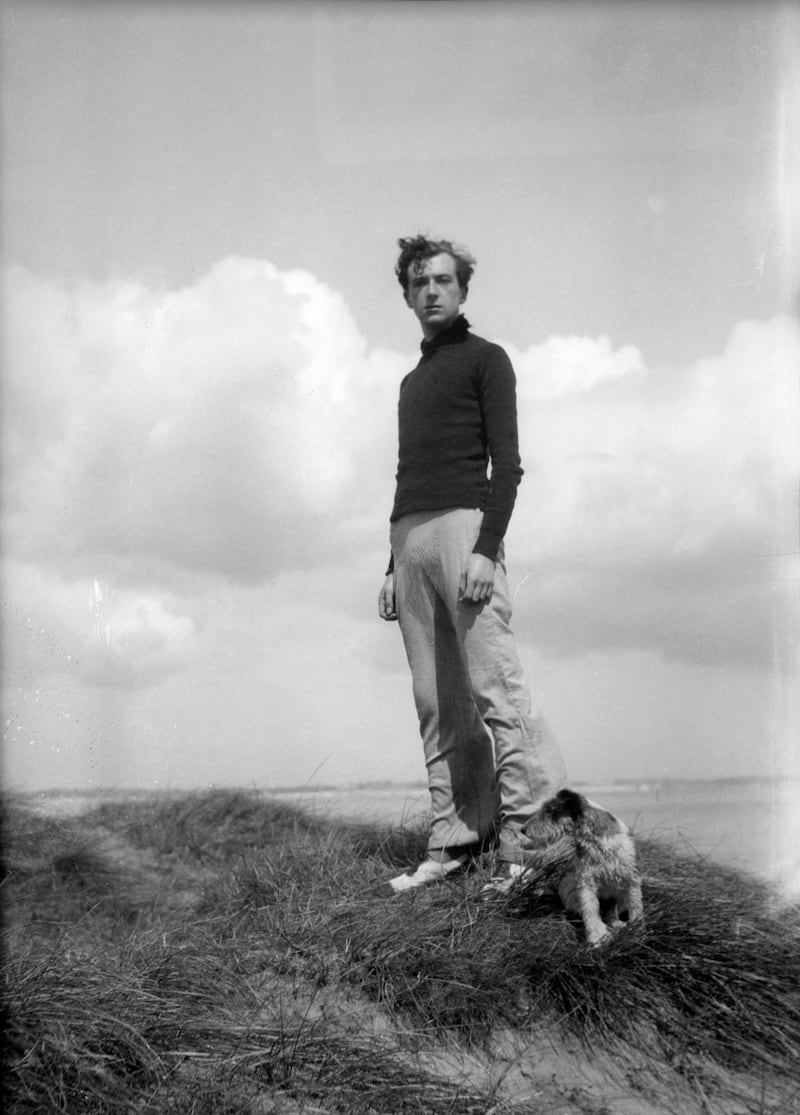
Beaton’s subjects were a glamorous, fast set who led a dazzling sometimes decadent social life between the first World War and the second World War. Their favourite fashions, increasingly lavish parties and the friendships, rivalries, romances and feuds that consumed them were fodder for gossip journalist such as Charles Graves (brother of Rupert) who vividly reported their high jinks in nightclubs like Quaglinos, the Embassy Club, Ciro’s, the Café de Paris and the Kit Kat. Elizabeth Ponsonby, the daughter of a baron and a leader of the Bright Young Things, outraged society by throwing parties where guests drank alcohol from bottles while in their pyjamas and dancing to jazz, or hosting a mock wedding; behaviour that was considered scandalously degenerate by the public.
Such behaviour, indulged in by Beaton and his set was lampooned by Evelyn Waugh in his novel Vile Bodies. The book explored the social bedlam of the era which was marked by a fusion of sex, snobbery and sybarism. Waugh said of his contemporaries: “They were totally unlike the various, publicised groups of modern youth, being mostly of good family and education and sharp intelligence, but they were equally anarchic and short-lived.” Beaton claimed to have been bullied by Waugh at school and there was little love between them.
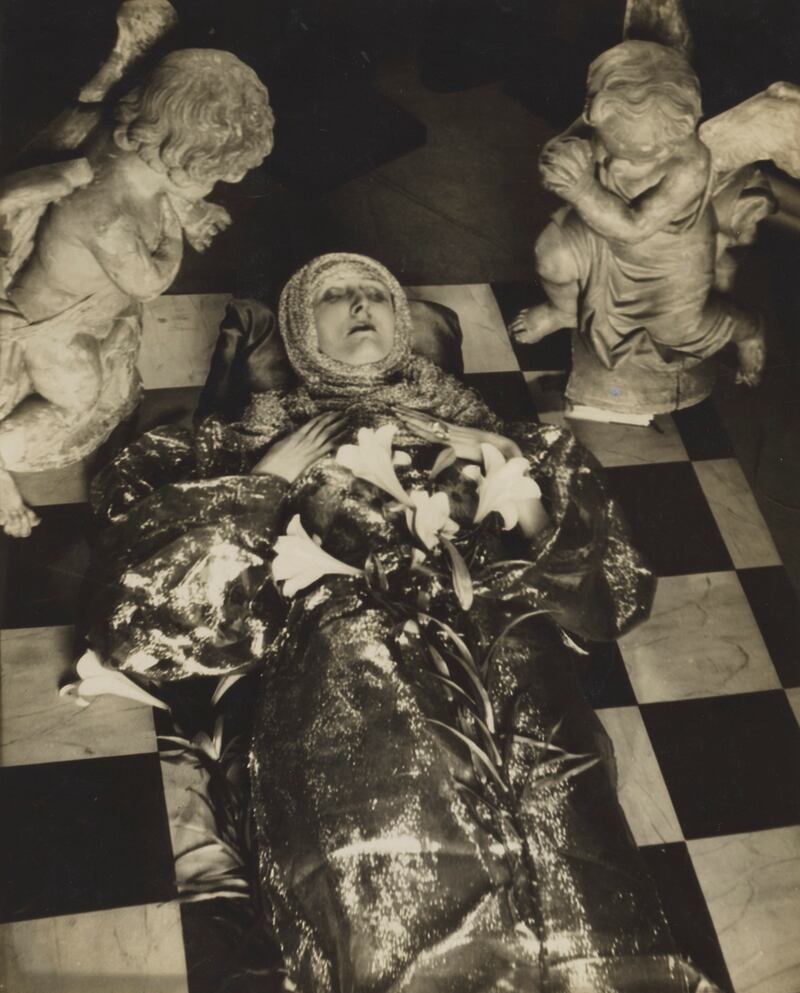
Treasure hunts, jazz parties, drug consumption (both cocaine and morphia were popular, with one socialite, Alice Gwynne carrying a silver syringe to inject) and romances of every description flourished while the older generation despaired of their children’s capricious escapades and unrestrained abandon. Homosexuality was common, according to Jessica Mitford who said: “Nearly every English boy I knew had a terrific exposure to homosexuality. Some stuck with it, some didn’t”. Tallulah Bankhead, the American actress who lived in England during the 1920s and the subject of a seductive sketch by Beaton in the show, was both promiscuous and bisexual. She referred to herself as “ambisextrous”, was known both for her striking beauty and dry wit and was the subject of a sex scandal involving school boys at Eton. The Establishment was fascinated and appalled in equal measure.
Tallulah’s hedonism personified the 1920s of the Bright Young Things, an era which swept away the respectability, decorum and discretion of the Edwardian era for unabashed sensual enjoyment, devil-may-care behaviour and a desire for publicity and fame. It was the era when modernism was born and wealthy young people who had lost family, friends and lovers to the first World War and the Spanish flu pandemic of 1918 to 1920, reacted with an unabashed celebration of life lived at a furious pace. Corsets were cast aside, hair was bobbed, lipstick applied and hemlines shortened as traditional morals melted and exhibitionism thrived. The flapper emerged as the new fashion plate – slim, angular, adventurous and uninhibited; she was the embodiment of the jazz age.
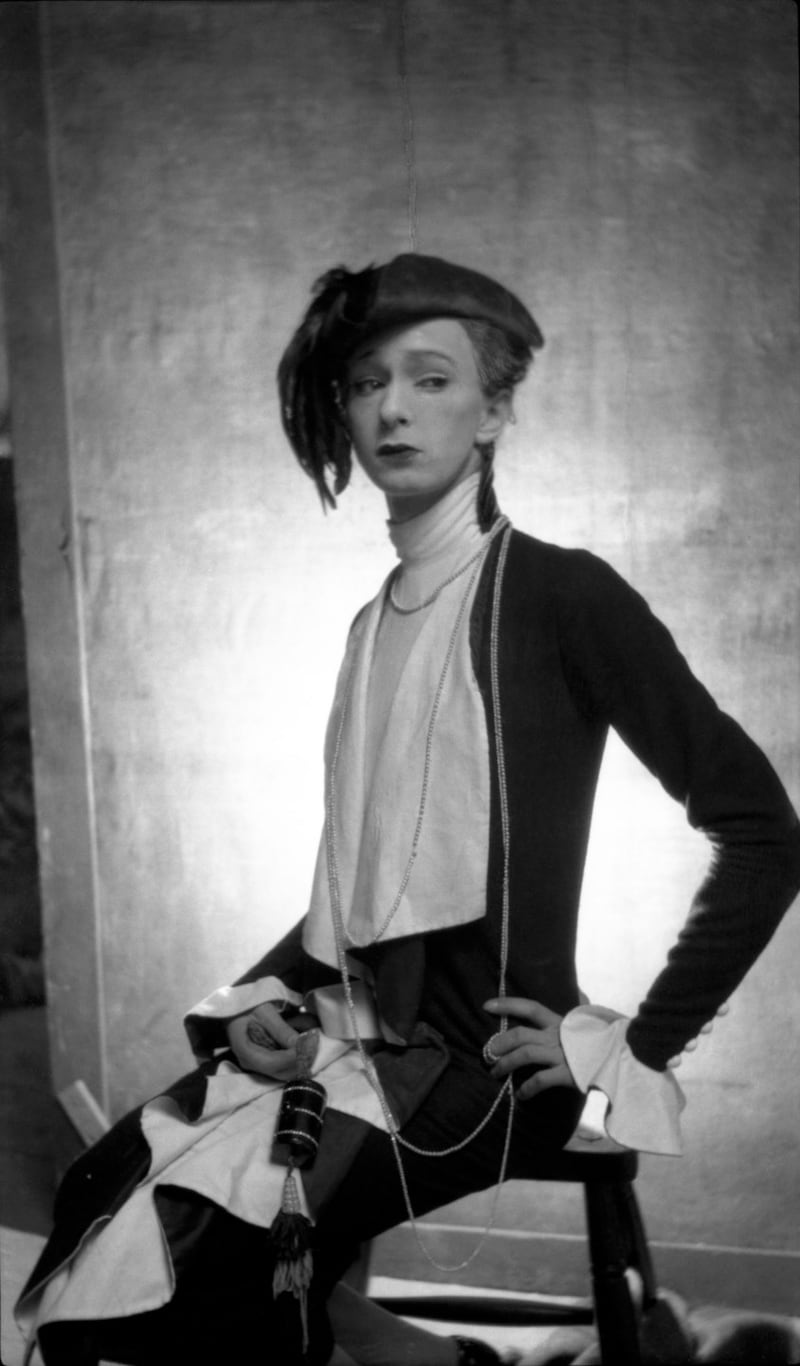
Dramatic social changes such as the availability of contraception (Marie Stopes opened her first clinic in 1921), wider opportunities for women in the workforce and the advent of universal suffrage for women in 1928 all led to women assuming greater independence and autonomy. Fashion designers such as Coco Chanel caught the spirit of the popular mood, when she introduced relaxed, understated clothes that women could move in and which most importantly looked youthful.
Yet for all the glamour and glisten there was a wistful and vulnerable undercurrent to the endless partying and escapism. Beneath the shimmering surface there was an enduring anxiety and guilt, the legacy of other lives cut short in what Beaton described as “the mud and horror of the trenches”. There was a sentiment that it was better to dance now as you could die later – suddenly, prematurely and painfully. That some of this generation suffered financial ruin in the crash of 1929 and later died in the second World War adds an unexpected pathos to these images of them as carefree, gilded youths.
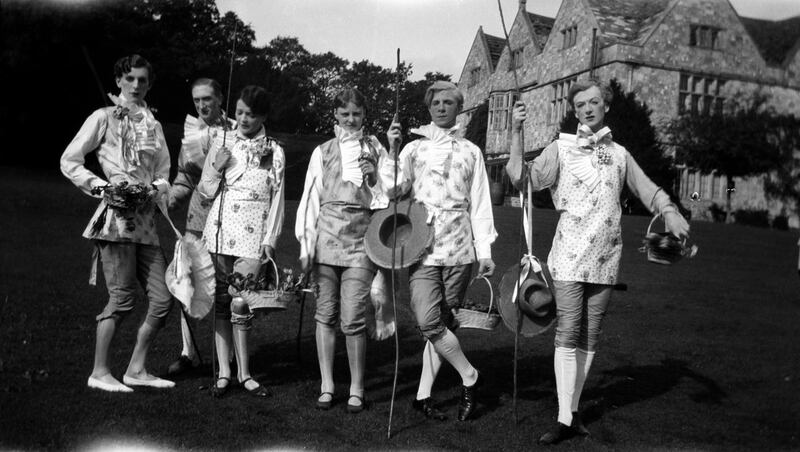
Beaton not only created the most dramatic and beautiful imagery the era, he became part of the elevated universe he portrayed. He had always longed to escape middle-class respectability and boredom. He admitted to being “an insufferable snob” and referenced his “ambition to break out of the anonymity of a nice, ordinary, middle-class family”.
As a photographer, by beautifying his subjects he endeared himself to them personally while cementing his position professionally. Beaton was a dab hand at the art of re-touching, whittling waists down to a slimmer circumference, banishing double chins or erasing blemishes, he bathed all his subjects in a beautiful Beaton aura. His portraits despite their flattery, possess a particular insightful edge and sharpness; Beaton was eternally curious about people and could distil their essence vividly and accurately with his portraits. His photos of the Duke and Duchess of Windsor, on the day before their wedding in 1937, reveal a pensive and rather sad looking Wallis Simpson.
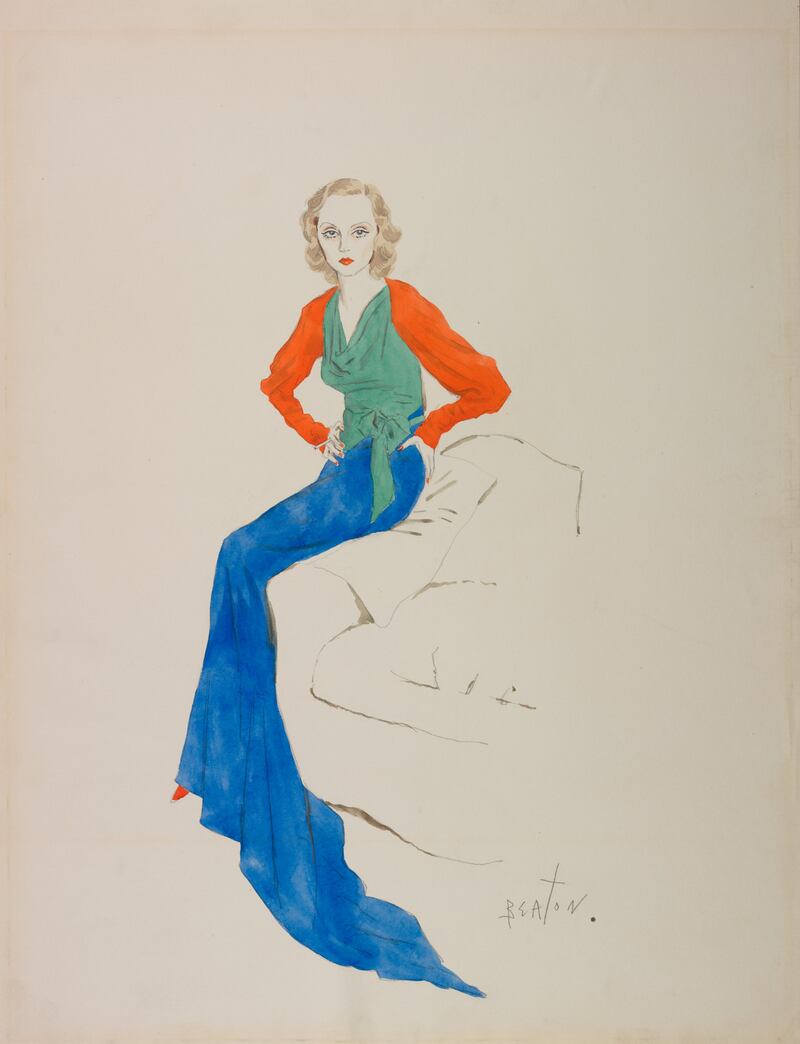
Striking images in this show include portraits of his younger sister Baba as Heloise in the Great Love Pageant, Oliver Messel resplendent in a feathered head-dress and trident, Maxine Freeman in an astonishing head-dress and flower strewn dress and Edith Sitwell portrayed as a medieval corpse adorned with white lilies and guarded by stone cherubs. There are also glimpses of the high-spirited parties and picnics at country house weekends that the group adored. A famous example is the photo featuring leading lights of the set costumed as 18th century shepherds and shepherdesses celebrating a Fête Champètre at Wilsford Manor, now regarded as the quintessential image of the era.
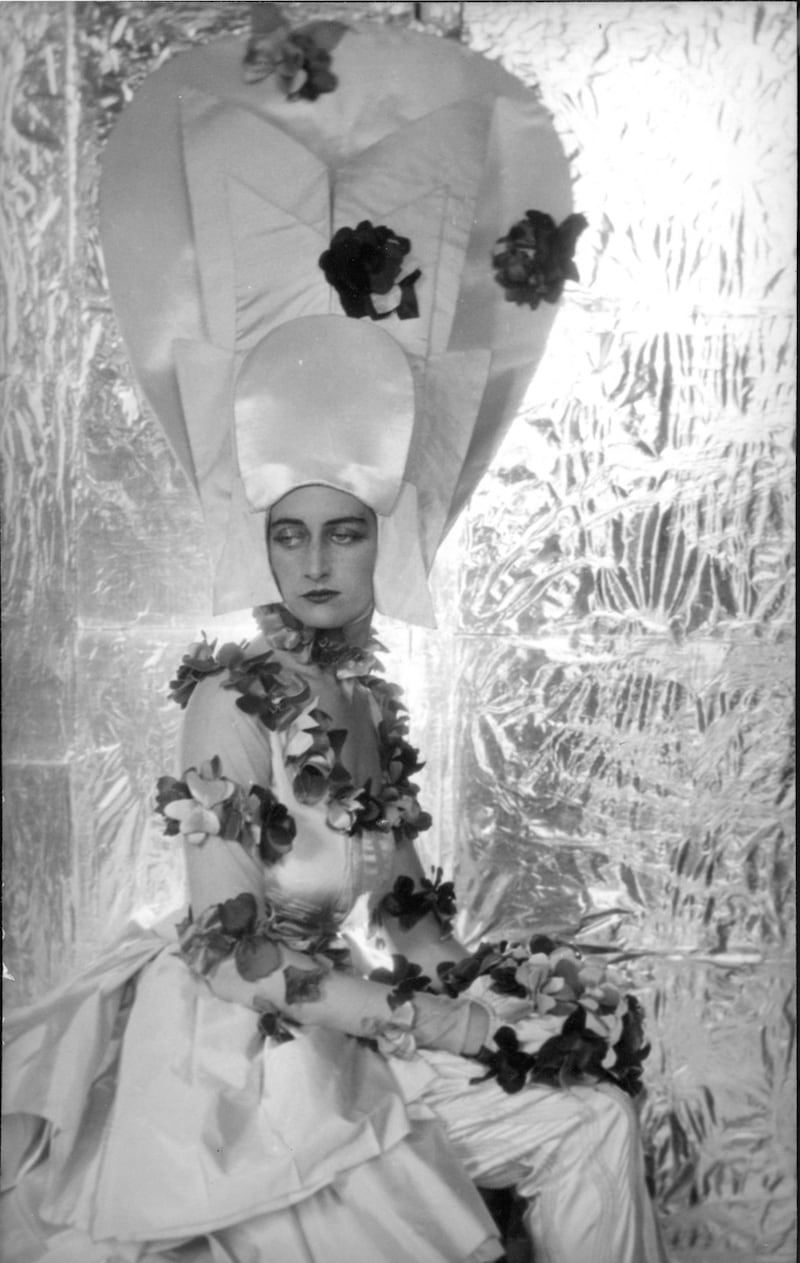
Beaton could sum up his sitters pithily: his observations about people were funny, frequently cruel and mercilessly penetrating. Jean Cocteau is said to have christened him “Malice in Wonderland”. His diaries reveal his waspish tendencies but also his more sensitive side, which fed into his talent as a portraitist. The images of his friends and acquaintances in The Bright Young Things show his circle subjected to Beaton’s sympathetic yet penetrating scrutiny.
Yet, for all his professional and social success Beaton remained still an outsider of sorts, he hadn’t been born into the aristocracy, he had inveigled his way in courtesy of his abundant gifts, charm and chutzpah. From his youth he described himself as harbouring an “outrageous snobbishness” and gravitated to rich friends who were “polished and clever”. Born in 1904 into a bourgeois British family, there is no doubt that Cecil bemused and frequently bewildered his middle-class parents. After attending university at Cambridge where art, society and theatre rather than academia were his passions, he struggled in his early career to establish himself. However, once he gained the wealthy and fashionable Sitwell’s patronage and help which gave his “professional career, every stimulus”, his ascent as the favourite of the smart set was stellar.
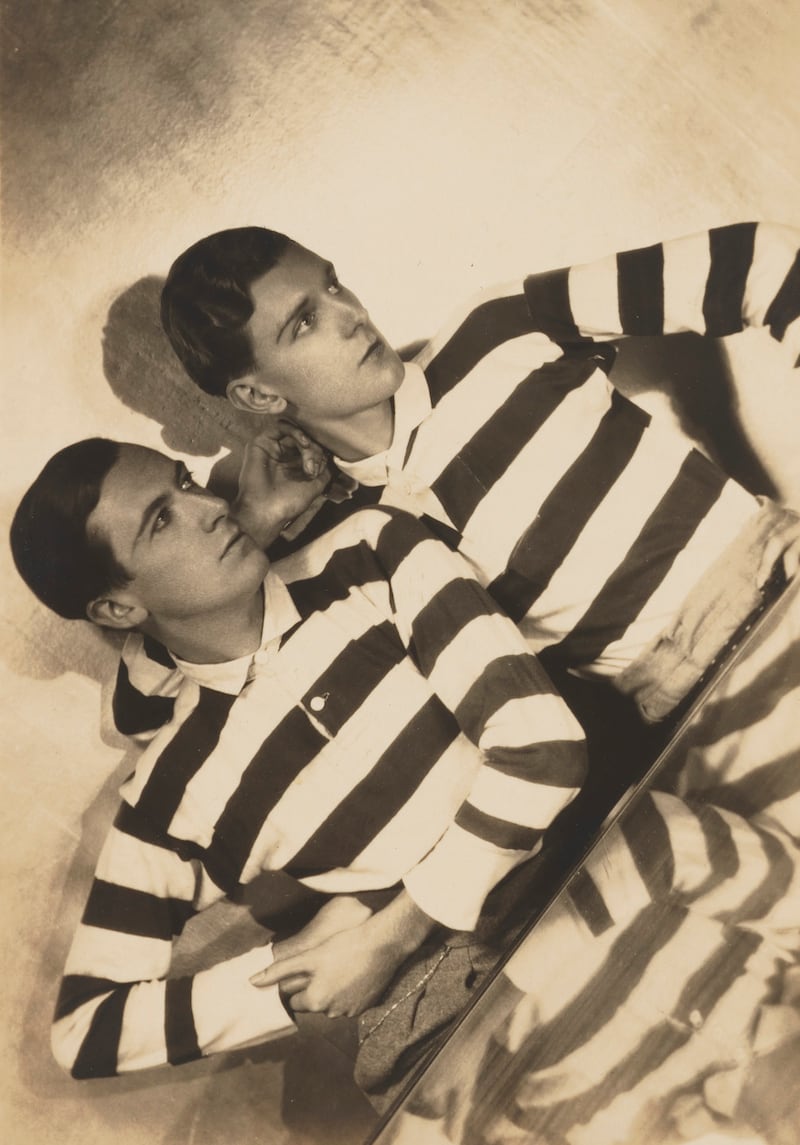
From the late 1920s he also worked in New York, being commissioned by then Vogue fashion editor and Irish woman Carmel Snow to shoot assignments on New York’s nightlife, its theatre and society figures. He also travelled to Hollywood in 1930 after developing a friendship with screenwriter, Anita Loos and in his inimitable style set about charming the film community with the same skill that allowed him to infiltrate English society.
With the Wall Street Crash of 1929 taking the steam out of the overheated world of the Bright Young Things, the eventual outbreak of the second World War in 1939 drew an end to the partying and posing. In September 1939 Beaton observed in his diary: “for most people the threat of war had already dimmed the lustre of existence. The desire for pleasure had gone”. During the war Beaton worked for the UK Ministry of Information and was one of the most prolific photographers of life between 1940 - 45, taking over 7,000 photos in Britain as well as China and Africa. The party was over and the world would never be the same again.
Irish people may not be able to access the show in person in present circumstances but it is possible to view the National Portrait Gallery's collection of more than 1,400 Beaton photographs, portraits , sketches and other artist's interpretations of him online.










